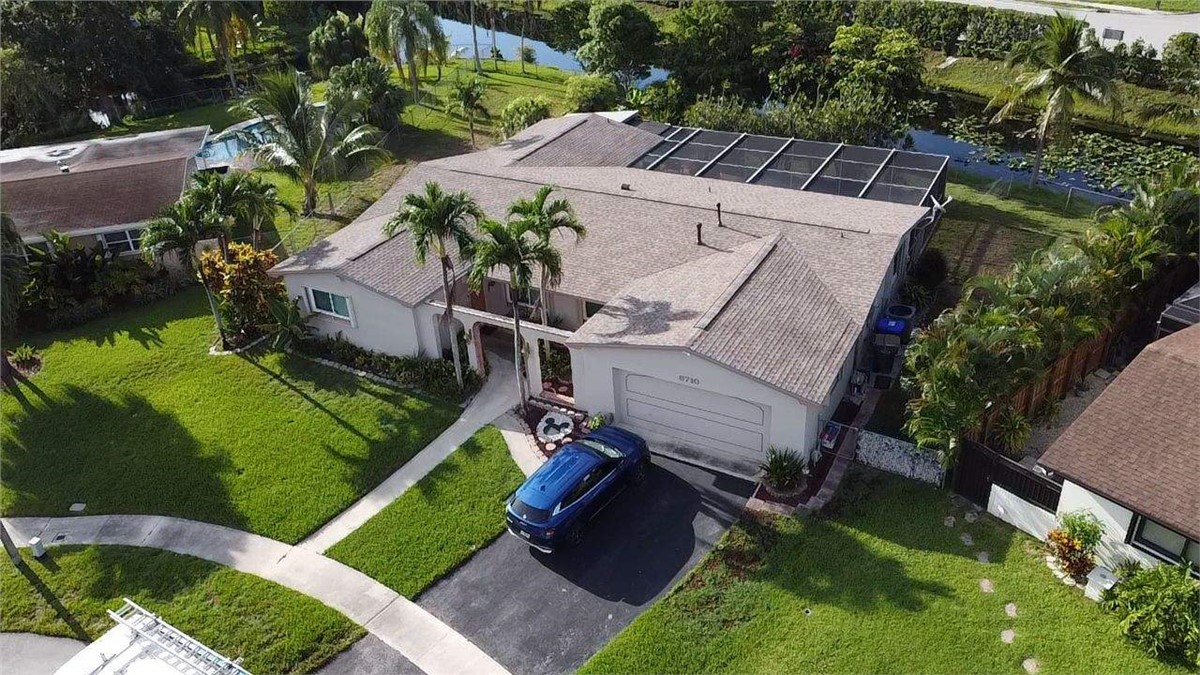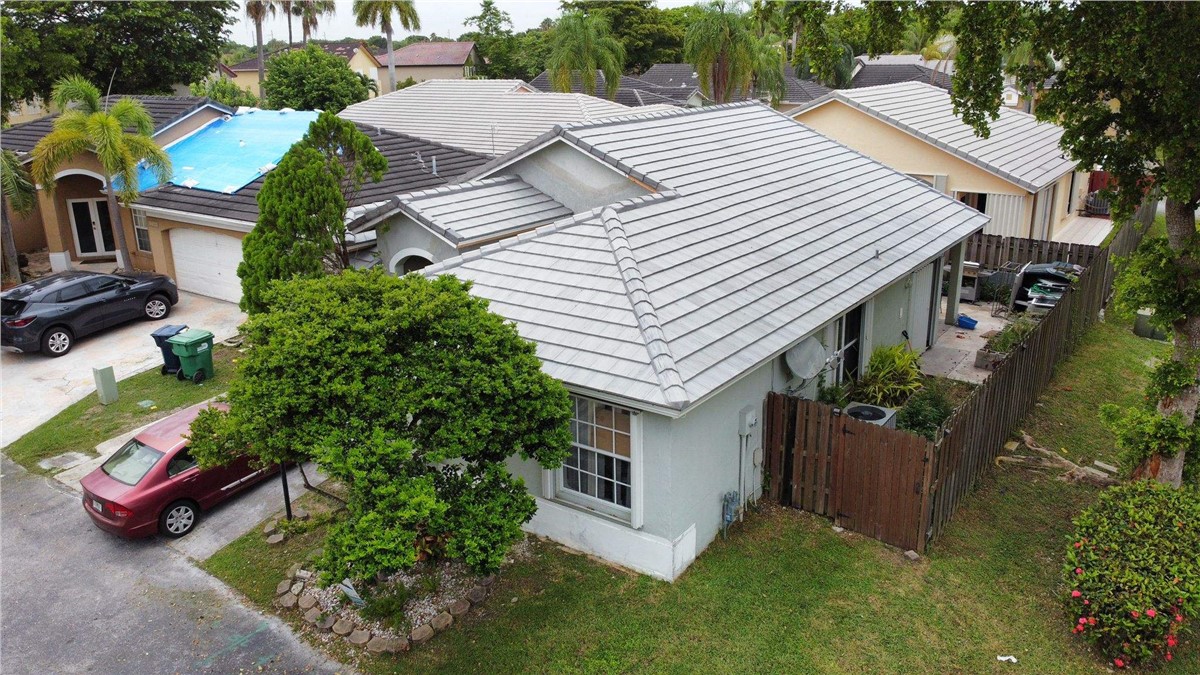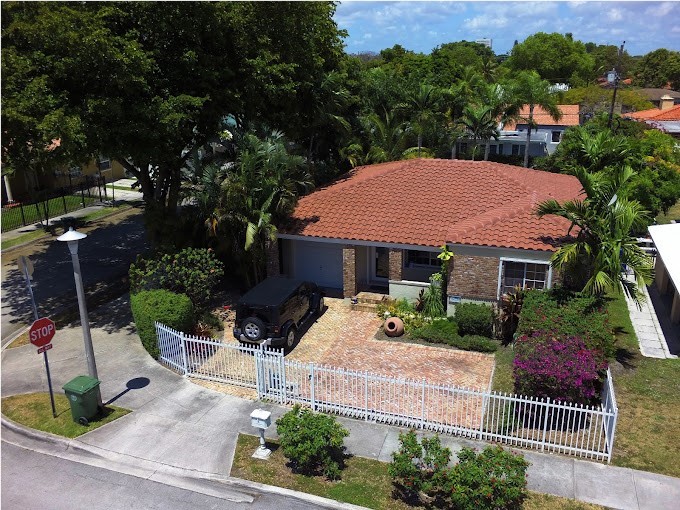Imagine just minding your business, when suddenly a tree falls onto your home. This could be because of a whirlwind, a storm, the tree simply rotting and collapsing on its own, or a branch being snapped off and landing on your house. Whatever the cause, this is a scary thought, and if it happens to you, it is important to take the right steps. What should you do in this situation?
Key Takeaways
When a tree falls on your house, some actions will come in handy to help you restore the condition of your home successfully. Here are the points we're discussing in this post:
- Ensure that everyone around is secure
- Assess the damage and call your homeowner’s insurance company right away.
- Document the condition of the home in pictures and/or video using a phone or camera for insurance purposes.
- If necessary, arrange for temporary housing if the tree has rendered your home uninhabitable.
- Allow the experts to inspect and assess any damage before repairing your home.
- Consider hiring an experienced contractor to repair any damage that was caused by the fallen tree.
- Contact an arborist to help you determine why the tree fell and develop strategies to prevent it from happening again.
Make Sure Everyone is Safe
Your first concern should be to ensure that everyone is safe and out of harm's way. So take a deep breath, stay calm, and assess the situation. Are you hurt? Anyone else? A pet? Make sure that there is no one trapped under the tree or where the tree has fallen. Depending on the size and weight of the tree, your roof or wall could be unstable or about to collapse. Be aware of that and try to assess the stability of the structure before stepping inside your home. There is a lot of potential risk when a tree falls including broken powerlines that could start a fire, damaged gas lines, and damaged water lines. If any of these is true in your case, take action to evacuate your home and call for help immediately. Call 911 or your local fire department and make sure you alert them to any potential risk before they arrive.
Document The Damage
Make sure to take photos of the damage and document it. This will help you when filing an insurance claim and receiving reimbursement for the repairs. Make sure to also keep any receipts or bills from anyone who helped you with clean up, debris removal, tree trimming, etc. Avoid getting too close to the tree or entering your home until it is safe to do so. Some common areas to check for damage include the roof, windows, foundation, plumbing, siding, doors, and electrical wiring.
Contact Your Insurance Company
Next, contact your insurance company as soon as possible to file a claim. They will be able to provide you with an adjuster who can assess the damage and provide an estimate for repairs. Your insurance coverage may also include debris removal, which you should discuss with them. The adjuster will be able to provide an estimate for the total cost of repairs and any debris removal that must occur. You may have to pay a deductible for the repairs, which should be discussed with your insurance company.
Arrange for Temporary Housing
If the situation is severe enough, you may need to arrange for temporary housing for the duration of repairs. Your insurance company will be able to provide more information about this option and the cost involved depending on their policy. Depending on the extent of damages, you may have to stay elsewhere for several weeks or even months while repairs are made and debris is cleared away. You can find a place in the neighborhood or in a nearby town.
Contact a Local Roofer
If your roof is affected, you should contact a local roofer who can come to your home and assess the damage. They will be able to provide an estimate for repairs, as well as determine if any of the surrounding structures were affected by the debris. The roofer may also need to inspect the attic area and any other areas that were impacted by the fallen tree. You should also check with your insurance company to see if the repairs are covered under your policy.
Make Repairs
Once you have an estimate from the roofer, you can make arrangements to have the necessary repairs done on your home. If any of the surrounding structures were affected, such as a fence or shed, you may also need to contact professionals to repair those items as well. Be sure that all of the repairs are completed in a timely manner and according to code.
Clear the Debris
Once the repairs are completed, it's time to begin removing the debris from your yard and surrounding area. If you have a chainsaw and other tools, you can do this work yourself or hire professionals to do it for you. Be sure to stay safe when clearing away fallen limbs and branches and take all necessary precautions. If the tree was an especially large one, you may need to have it cut up and taken away in sections.
Prevent Future Accidents
Finally, you should take steps to prevent any future accidents. Hire a professional arborist to inspect the rest of the trees on your property and be sure they are regularly maintained. Trim dead branches or limbs that may pose a hazard and reduce any other risks to your home. This will help ensure that no other trees fall in the future. The safety of your home and the people living in it is the most important thing.
City Roofing is Your Source for Quality Roofing
It’s important to keep your roof in good condition after a tree has fallen on it. City Roofing can help with repairs, replacement, and other services you may need. Our team is reliable, knowledgeable, and efficient, so you can trust that you’re getting the best service available. Contact us today for more information about how we can help you.
Subscribe to City Roofing's Blog







Comments